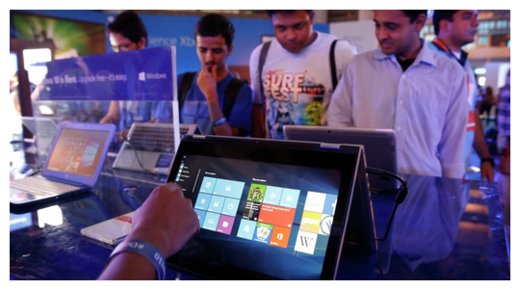
Included in Microsoft's new 12,000-word service agreement, which goes into effect August 1, is the following excerpt from the privacy policy:
"We will access, disclose and preserve personal data, including your content (such as the content of your emails, other private communications or files in private folders), when we have a good faith belief that doing so is necessary to."
And while Microsoft does allow Windows 10 users to opt out of all of the features that might be considered invasions of privacy, users are opted in by default. Rock, Paper, Shotgun explains the opt-out process step by step.
Windows 10 will sync settings and data by default with its servers. That includes browser history, favorites and currently open web pages, as well as saved app, website and mobile hotspot passwords and Wi-Fi network names and passwords.
Activate Cortana, Microsoft's personal virtual assistant, and you are also turning on a host of data sharing, as Microsoft's new privacy statement points out:
"To enable Cortana to provide personalized experiences and relevant suggestions, Microsoft collects and uses various types of data, such as your device location, data from your calendar, the apps you use, data from your emails and text messages, who you call, your contacts and how often you interact with them on your device.The updated terms also state that Microsoft will collect information "from you and your devices, including for example 'app use data for apps that run on Windows' and 'data about the networks you connect to.'"
"Cortana also learns about you by collecting data about how you use your device and other Microsoft services, such as your music, alarm settings, whether the lock screen is on, what you view and purchase, your browse and Bing search history, and more."
Windows 10 generates by default a unique advertising ID for each user on each device. That can be used by developers and advertising networks to profile you and serve commercial content.



supremely dumb to think that this thing will stop spying on you because you just clicked a button to "opt-out". My take on it, at least.....